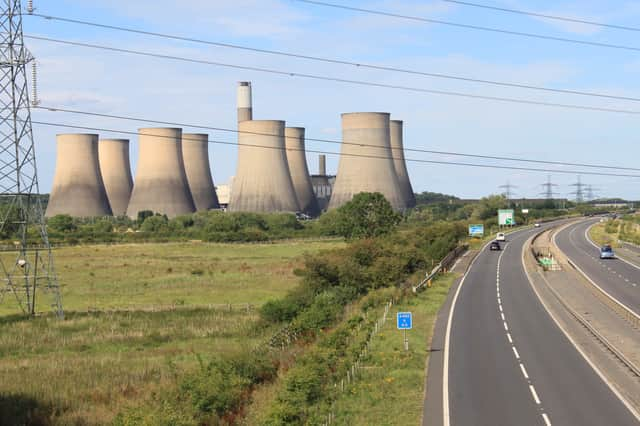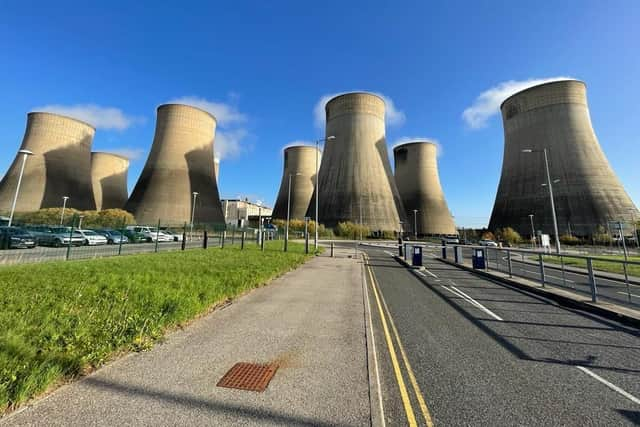What the future holds for Ratcliffe-on-Soar Power Station as iconic towers set to close in 2024


For more than 50 years, those returning to Nottingham have been welcomed by the iconic sight of Ratcliffe-on-Soar Power Station.
Steam from the power station’s giant cooling towers has been rising since 1968 and is often the first sign of home after some time away.
Advertisement
Hide AdAdvertisement
Hide AdBut in just a few months, steam from the unmissable towers will rise for the final time - bringing 56 years of energy production to an end.
Read more: Your Nottingham
In line with government policy, Ratcliffe - Nottinghamshire’s last remaining coal-fired power station - is set to close in September.
Given the government’s target of reaching net zero carbon emissions by 2050, the power station’s closure only emphasises the shift in strategy to ‘green’ electricity production.
However, Ratcliffe itself will not simply disappear overnight.
Advertisement
Hide AdAdvertisement
Hide AdWith its closure just months away, we’ve taken a look at what the future could hold for the famous Nottinghamshire landmark.


What will happen to the power station after it shuts?
In July last year, Rushcliffe Borough Council granted the power station site with a Local Development Order (LDO).
Essentially, the LDO allows the development of the site to be fast-tracked after the power station shuts in September.
The council hopes that the LDO will increase the speed at which planning processes can be progressed for a range of modern industrial uses.
Possible uses for the 265-hectare site include:
A zero-carbon technology and energy hub for the East Midlands
Highly skilled, well-paid jobs
Modern industry and business uses, served by on-site sustainable energy generation and storage
Advanced manufacturing and low-carbon energy production, for example, to produce electric car batteries
A hub for research, development, and innovation, through links with universities, business support organisations, and established industry
Advertisement
Hide AdAdvertisement
Hide AdIt’s hoped that the site’s future renewable uses could create up to 7,000 jobs.
Local residents and businesses had a chance to have their say on the proposals in a series of consultations in 2021 and 2022.
As a result, some of the land has been limited specifically to low-carbon energy production and storage or manufacturing use.